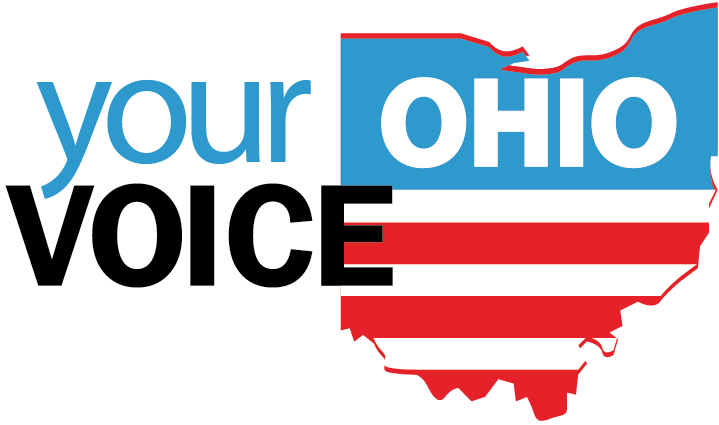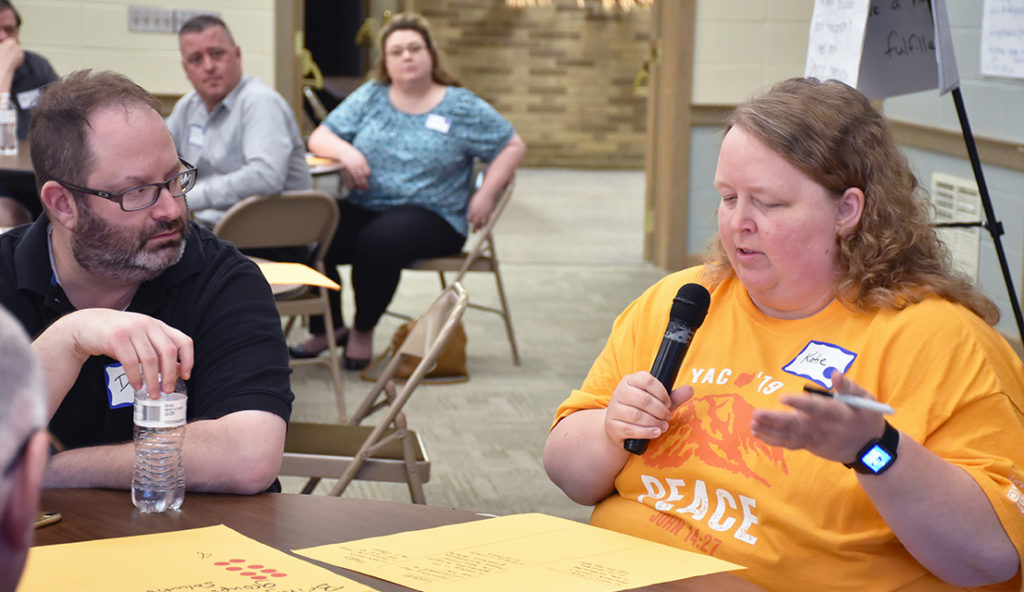Green needs to talk about socioeconomic and cultural diversity if the community is to improve, residents say, so that will be the topic of conversation at the third Green community meeting sponsored by the Your Voice Ohio project.
In two community meetings this summer, a theme emerged that the city’s culture precludes constructive conversation about problems and differences that exist in families, neighborhoods and the community.
There was concern for:
- Attitudes toward residents dealing with addiction.
- Attitudes towards young people who choose skilled trades over college.
- Concern that the city was attracting wealthy elderly people, perhaps alienating young adults and failing to provide for seniors unable to afford the more expensive lifestyle.
- Attitudes regarding residents in poverty — while Green’s median household income is far higher than the national and state rates, the city still has about 2,500 people living in poverty.
- And pointed concern about lack of diversity in a city that is 93 percent white, non-Hispanic.
For creating a better Green, one person wrote: “Everyone is forced to get to know one person outside of the social circle/comfort zone.”
Another: “Get everyone involved in their community, less focused on themselves.”
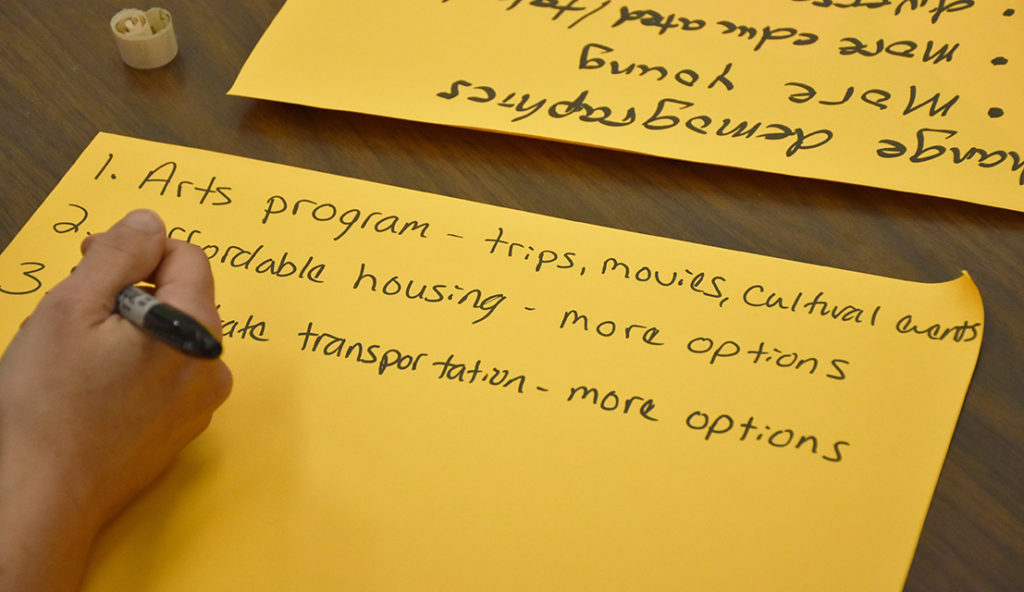
After participants zeroed in on the most important problem-solving conversations, the session entitled “admit problems” drew the largest group.
As one person observed after attending both sessions, there is a perceived sameness in Green that prevents people from opening up, particularly about problems. “There’s a lot hidden in the homes… We don’t share our stories because it could affect our acceptability.”
The third community session, at 6 p.m. Tuesday, Aug. 6, was expected to build on what was learned in the first two, so it will explore ways Green can become a more inclusive community.
The meetings are designed and run by the state-wide news-media collaborative Your Voice Ohio, which is listening to residents all over the state in order to better represent their concerns and solutions in the news and in democratic processes. Nearly 30 meetings with more than 1,000 people have been held in communities from Cincinnati to Youngstown and Lima to Marietta.
Relationships and respect for diversity have been recurring themes.
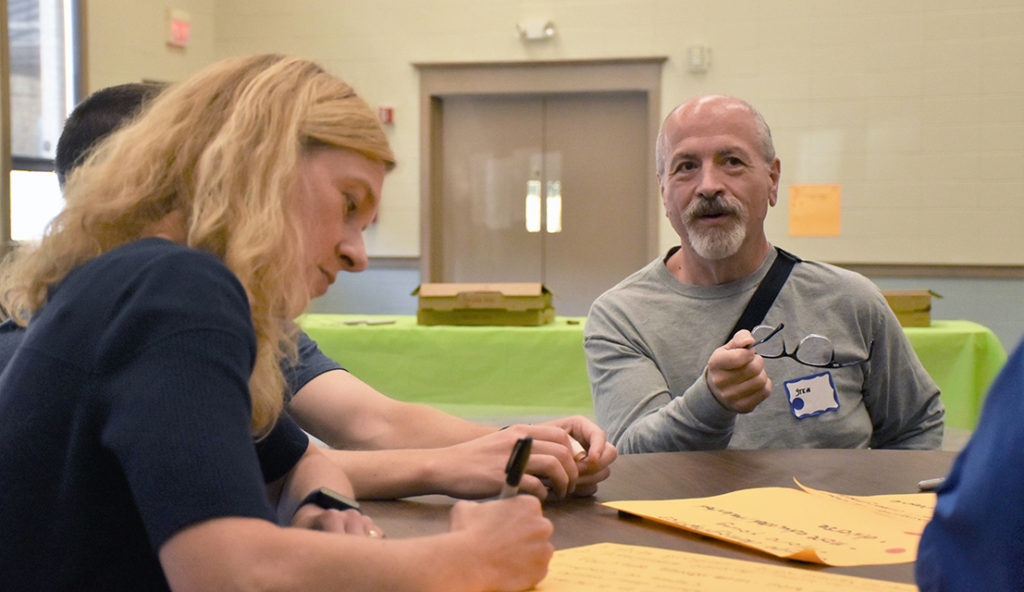
But Green is unique. Unlike other community conversations facilitated by Your Voice Ohio, it is mostly white and higher income. With three expressway exits on I-77 and hundreds of acres of farmland midway between Akron and Canton, the community has nearly tripled in population from 13,473 in 1970. Median household income is more than 20 percent above that of the state and nation.
And while it has changed from 99.8 percent white non-Hispanic in 1970, it still remains at 93 percent, far above the 78 percent for the county and 80 percent for the state.
A dramatic change in Green is its age. Since the 1970 Census, the median age has surged from 27.4 years to 42.1 in the latest American Community Survey 5-year average. That doesn’t account for the recent openings of massive, upscale senior complexes. The percentage of persons age 65 and older jumped from 5.3 percent to 16.7 percent in that period and the share of persons under 18 plunged from 37.4 to 23.1 percent.
Like every other community in Ohio, Green residents identified good jobs as a key quality of a good place to live, but unlike the other communities, they didn’t identify it as an issue that needs addressed. That’s a significant divergence. Most of Ohio has experienced economic decline since at least 2000 — decine worse than most of the rest of the nation.
Green is an island of commercial and industrial growth, new hospitals, three-car garages and storage buildings. Many garages are so filled that they cannot accommodate the cars for which they were designed.
In listing Green’s strengths, people named “good economy,” “wealth,” “good schools,” “golf courses” and “the city has $/resources.”
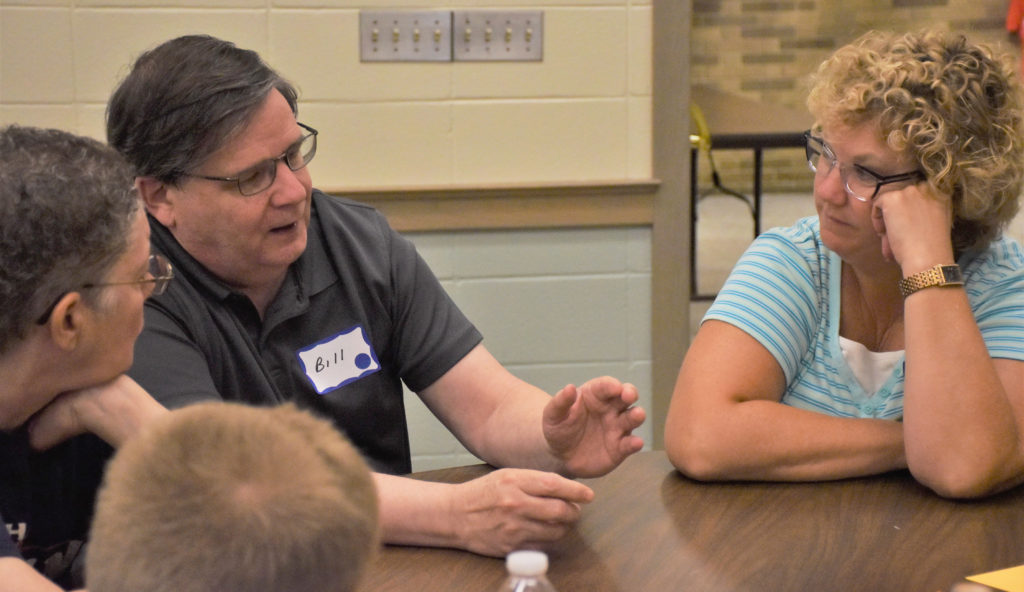
As in all Your Voice Ohio conversations, individual responses are anonymous to allow for free-flowing dialogue and problem-solving.
The Green sessions were dominated by working or retired professionals at large corporations or government institutions. Many were managers.
One high-technology manager who has worked in other areas of the country said that Green is part of a region that is sorely lacking in highly educated and talented people, is skewing older and lacks overall diversity. That doesn’t bode well for the community, he said.
“Who wants to come to Ohio?” the manager said. Moreover, the sharp increase in higher-income senior living in Green serves only a small portion of the aging population, and does so at the expense of attracting young, talented people, he said.
There was much concern about a possible stigma attached to pursuing skilled trades over college. Recent high graduates pushed back saying Green Schools provided significant opportunities to choose either career course.
Some of the observations were: Parents push college as providing a better future; some student groups speak of the career center/trades school in derogatory terms; and in a conservative community there is a belief that college produces liberals.
What should Green do with these ideas? What does diversity look like? How would Green achieve that?
Join the next session. There will be a light meal.
6-8 pm Tuesday, Aug. 6 at Greensburg United Methodist Church, 2161 Greensburg Road.
Comments? Email Doug Oplinger at doplinger@yourvoiceohio.org
Doug Oplinger is former managing editor of the Akron Beacon Journal, where he worked for 46 years. He now leads the Your Voice Ohio news media collaborative of more than 50 news organizations whose purpose is to better represent the people of Ohio as they identify problems and solutions for their communities.
